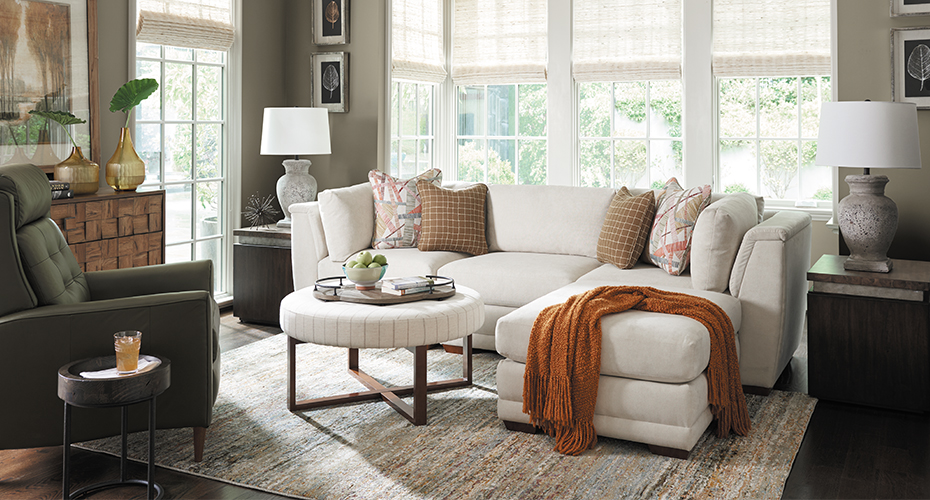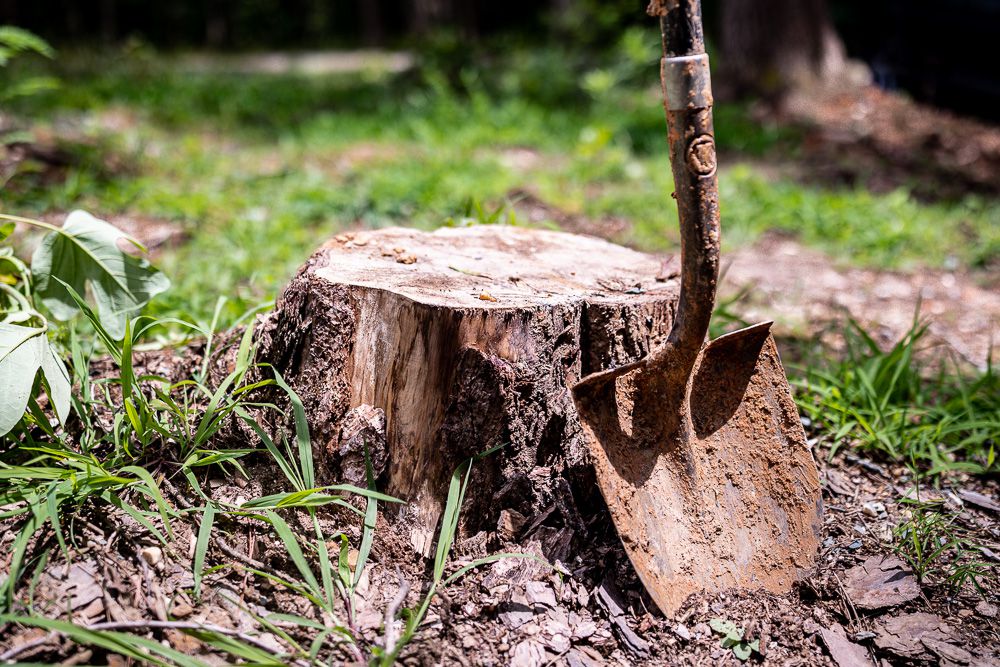
Whether you are saving up for a bigger place or you love your home, but you are looking for ways to maximize the space, there are a few home décor tricks you need to know. Small living spaces have a lot going for them. They are cheaper to run, and easier to maintain, and decorating them is simpler too. Furthermore, with a few clever interior design tips, you can also make them appear larger. Here are a few pointers to help you make the most out of your compact home.
Rearrange the Room
How you arrange a room can make a huge difference in how much space you have to move around. If you find that you barely have space to walk, take a look at your layout and consider moving around pieces of furniture. For instance, you can create larger walkways by placing large items of furniture against the wall and keeping walkways clear. The type of furniture you have can also impact the appearance of your space. Try to furnish compact rooms with multipurpose furniture, such as Ottoman tables and beds. Studio apartments can benefit from a stylish sofa that can transform into a bed for guests. You can check out a wide range of furniture that is suitable for small living spaces on a site like ligne-roset-hampstead.co.uk. Multi-functional items will reduce your need for multiple pieces of furniture and free up your space.
Create the Illusion of Space With Reflective Surfaces
Take a leaf out of the hospitality industry’s book and decorate your home with reflective surfaces. Well-placed mirrors allow light to bounce around a room and add depth. Many hotels and restaurants place mirrors in specific areas of their establishments to create the illusion of space. Mirrors serve a practical purpose and can make a room look bigger and more aesthetically pleasing. For instance, a large landscape mirror in an attractive frame can make a narrow hallway appear wider. In addition to mirrors, furnishings with reflective accents can also lend your living space an airy, open vibe.
Open up a Space with Natural Light
As mentioned above, reflective surfaces are excellent for maximizing light, which is perfect for those who want to make their home appear more spacious. Besides the use of mirrors and reflective surfaces, you can also open up a room by choosing window fittings that allow light to stream through easily. For example, sliding shutters are designed to slide wide open, meaning your home can benefit from a lot of sunlight.
Tidy Your Home Regularly
Tidying and organizing your home, and keeping it in good condition regularly, will reduce the risk of your home becoming swamped with clutter. Every personal item should have a specific place in your home, and you should take the time to return everything to its rightful place. Keeping your living space tidy and clearing out the clutter on a regular can make your home feel lighter and look bigger.




